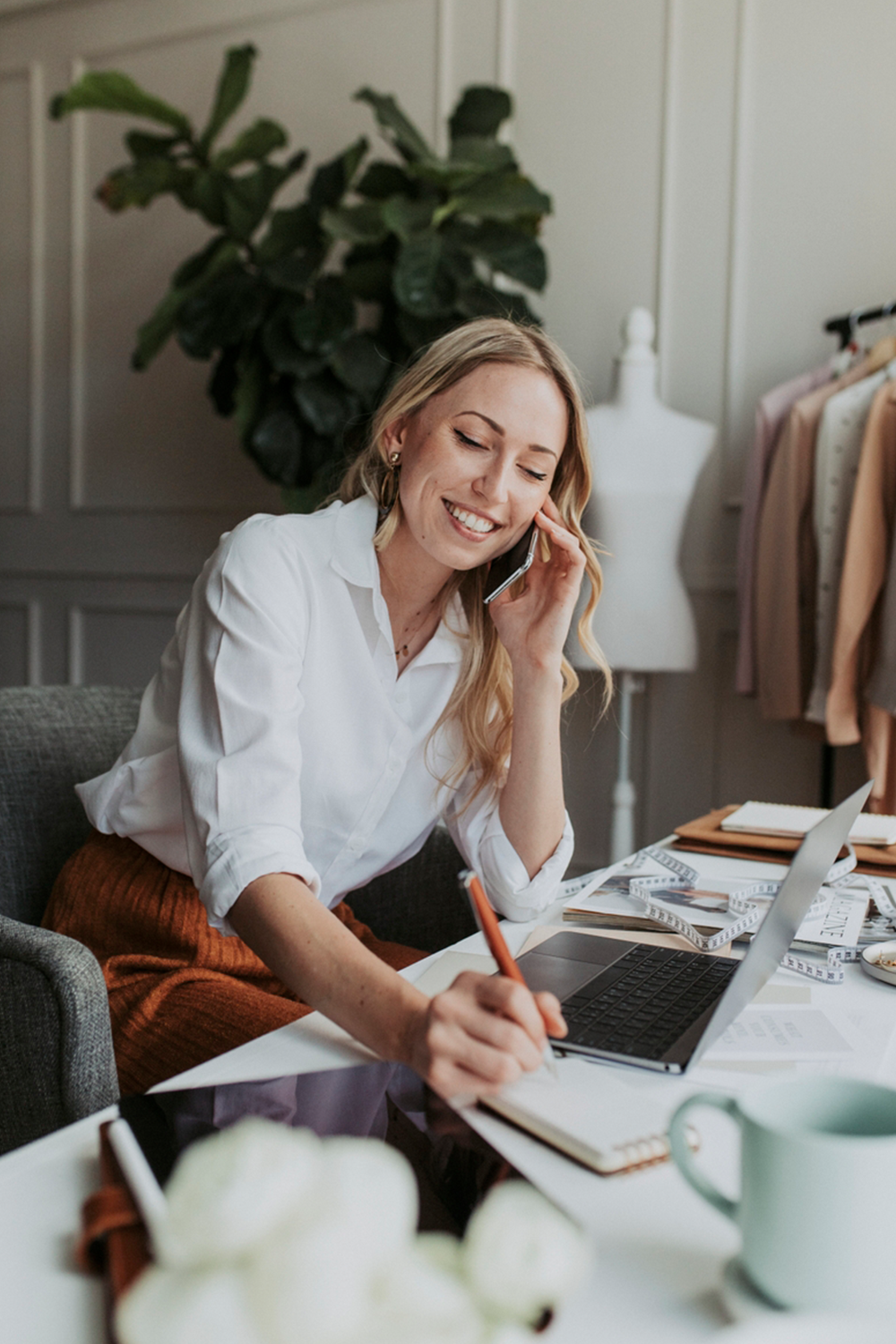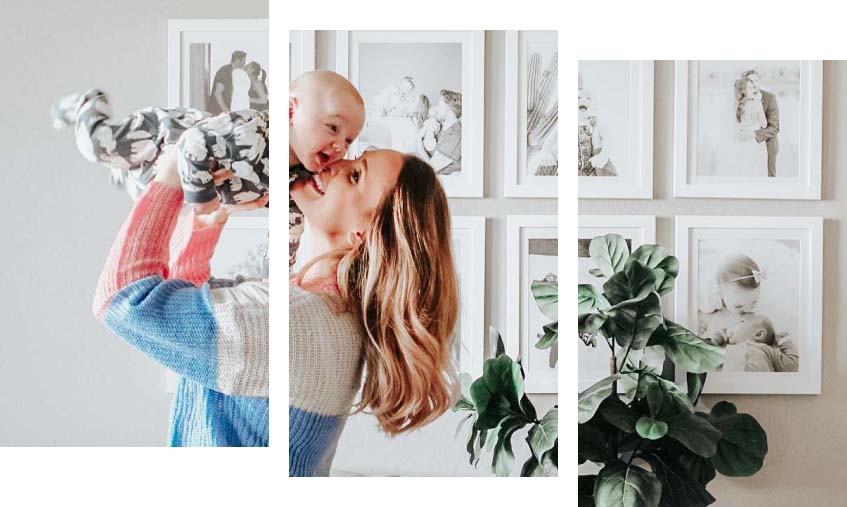As an artist, photographer, or designer, your art website plays a crucial role in your business. To capitalize on website sales though, you need as much traffic as you can get! To do this, your website should rank well in search results. The better it ranks, the more shoppers will see your art when they search for relevant products online.
Join us as we cover the best ecommerce SEO tips and tricks you can start using to boost traffic and art sales today!
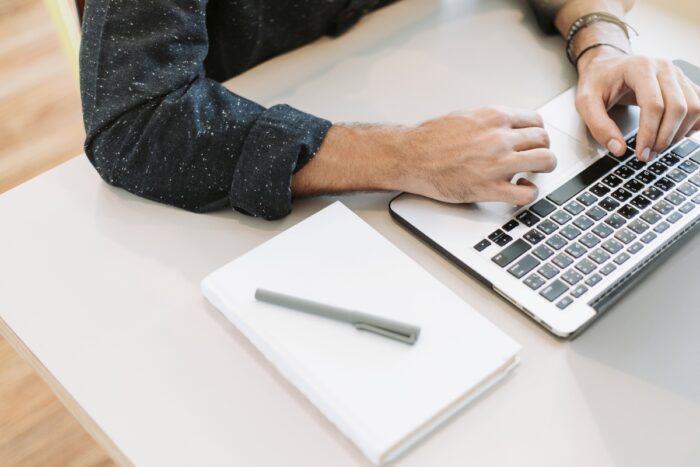
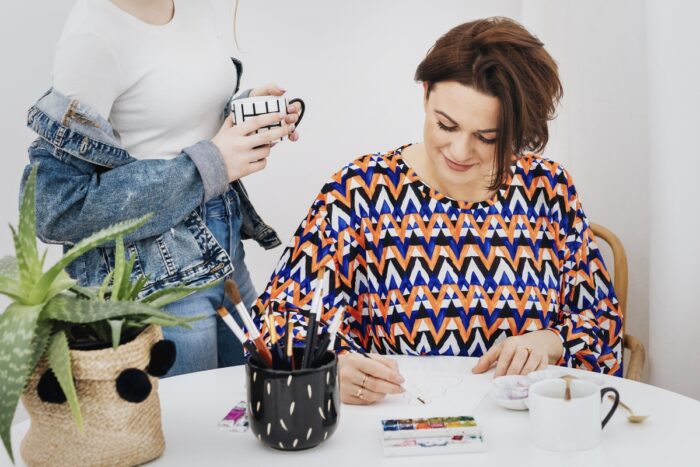
1. Do Your Keyword Research
Finding and selecting the appropriate keywords for your website is essential. These are the words or phrases that shoppers use to search for products just like yours. Keep in mind that there may be multiple words or phrases associated with your product, and be aware that the more popular a keyword is, the harder it will be for your art site to rank on the first page of search results. Ideally, you’ll find a word or phrase that is moderately popular and aligns well with your product.
📊 Check out this free keyword difficulty checker to see if your keywords will be effective and rank well in search results. You’ll want a rating of “easy” or “medium” for the best chances at SEO success!
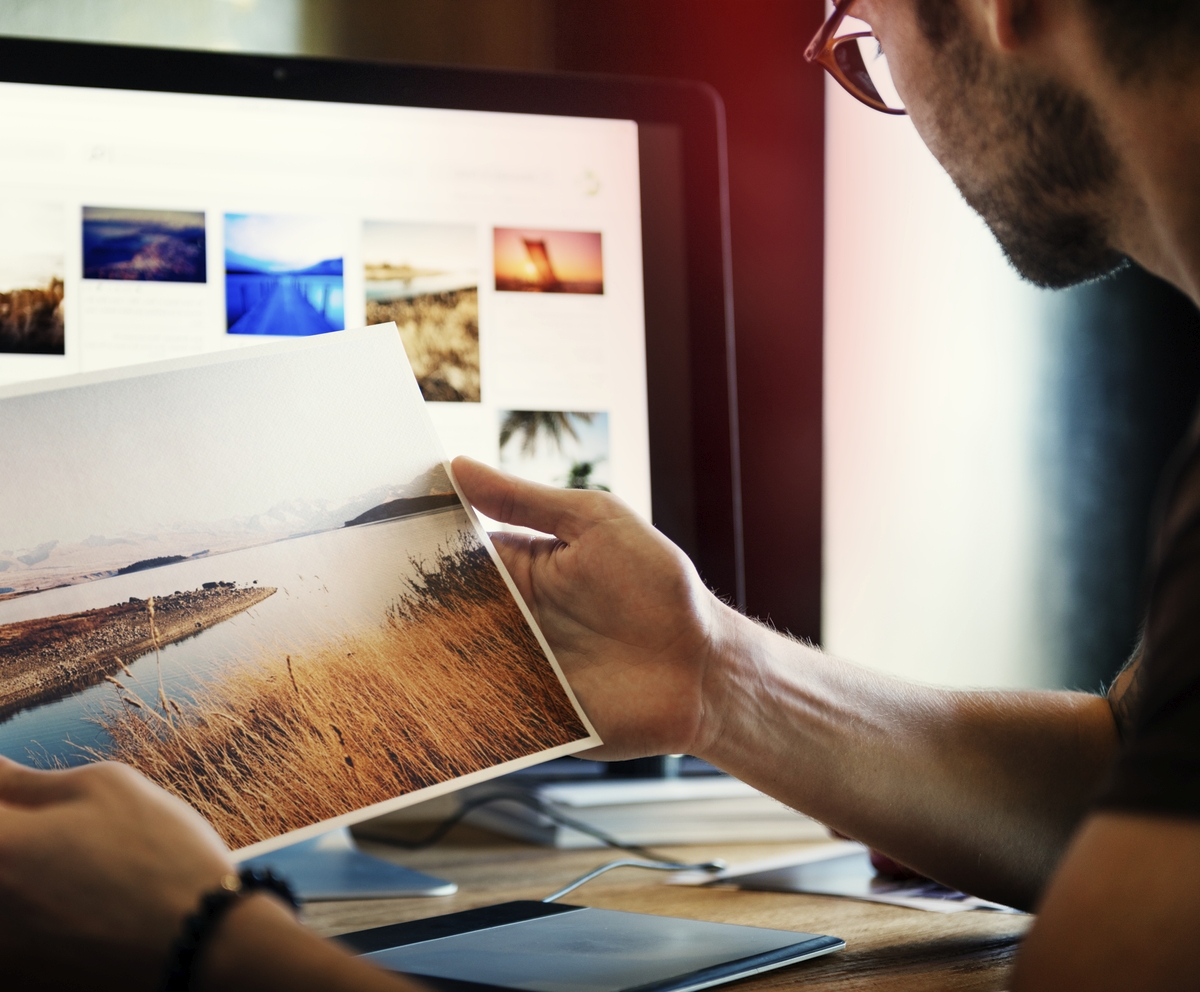
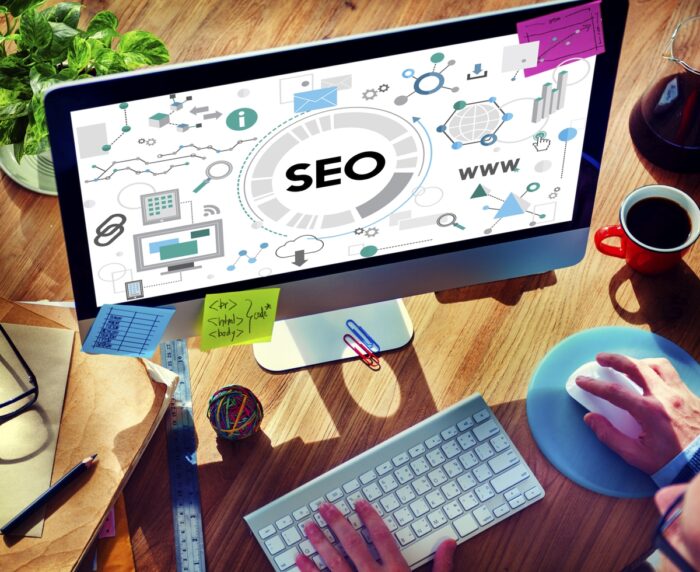
2. Optimize Imagery
While adding images to your art website is a basic requirement to showcase your art or photography, it’s important to note that adding incorrect images could hurt your SEO scores. That said, optimizing your images is one of the most important, but often overlooked, ecommerce SEO tips.
First, make sure that your images aren’t too large – if they are, they’ll impact your page’s loading time which in turn hurts your rankings. Next, you’ll absolutely want to add alt text descriptions to each of your images, which should include your keywords to improve rankings. Finally, if possible, test how your page looks and how the images are organized on both desktop and mobile screens.
🖼 Looking to add snazzy high-resolution art and frame images to your website? Head to our frame designer, add your art, choose your design options, click “Share or Save”, then “Download Preview Image”
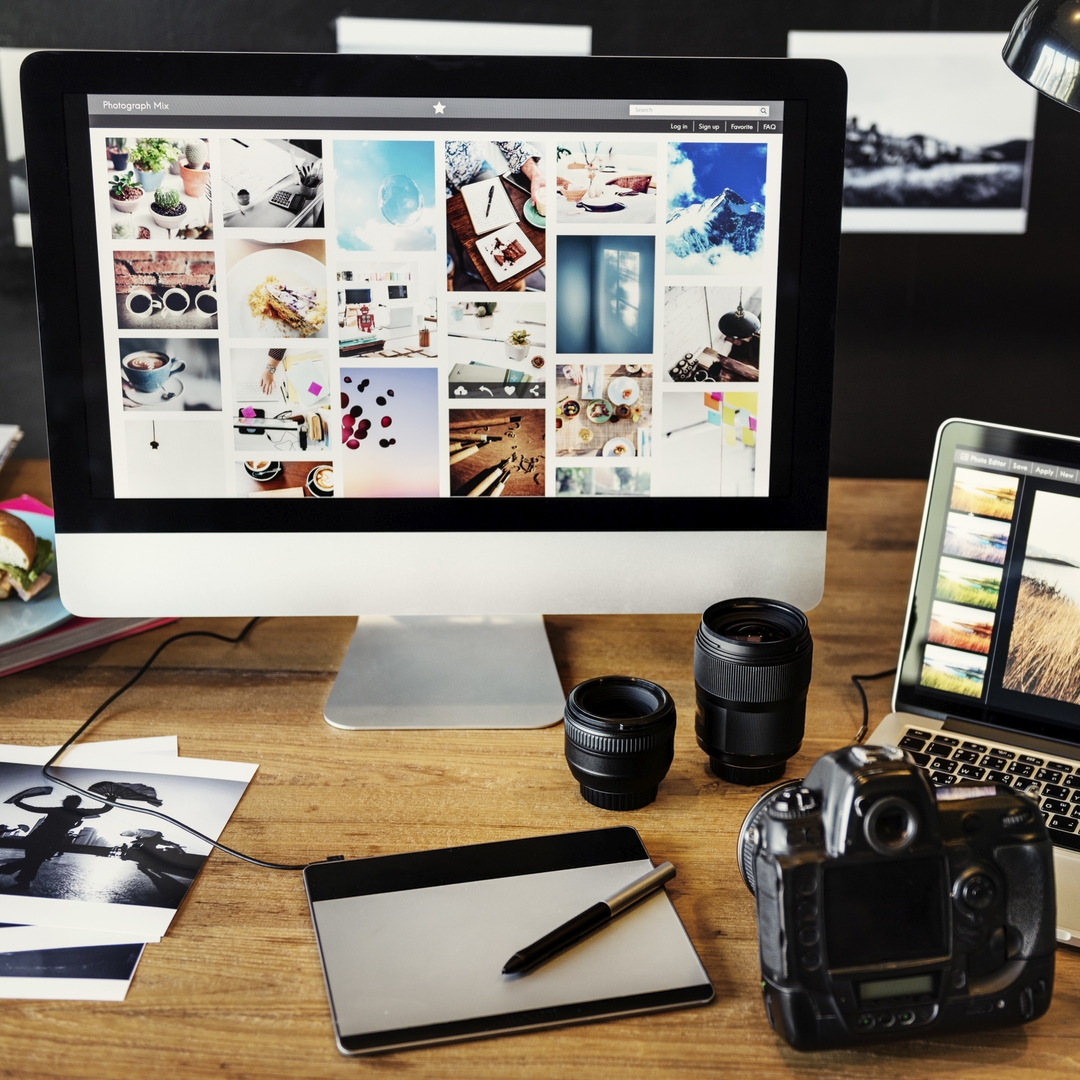
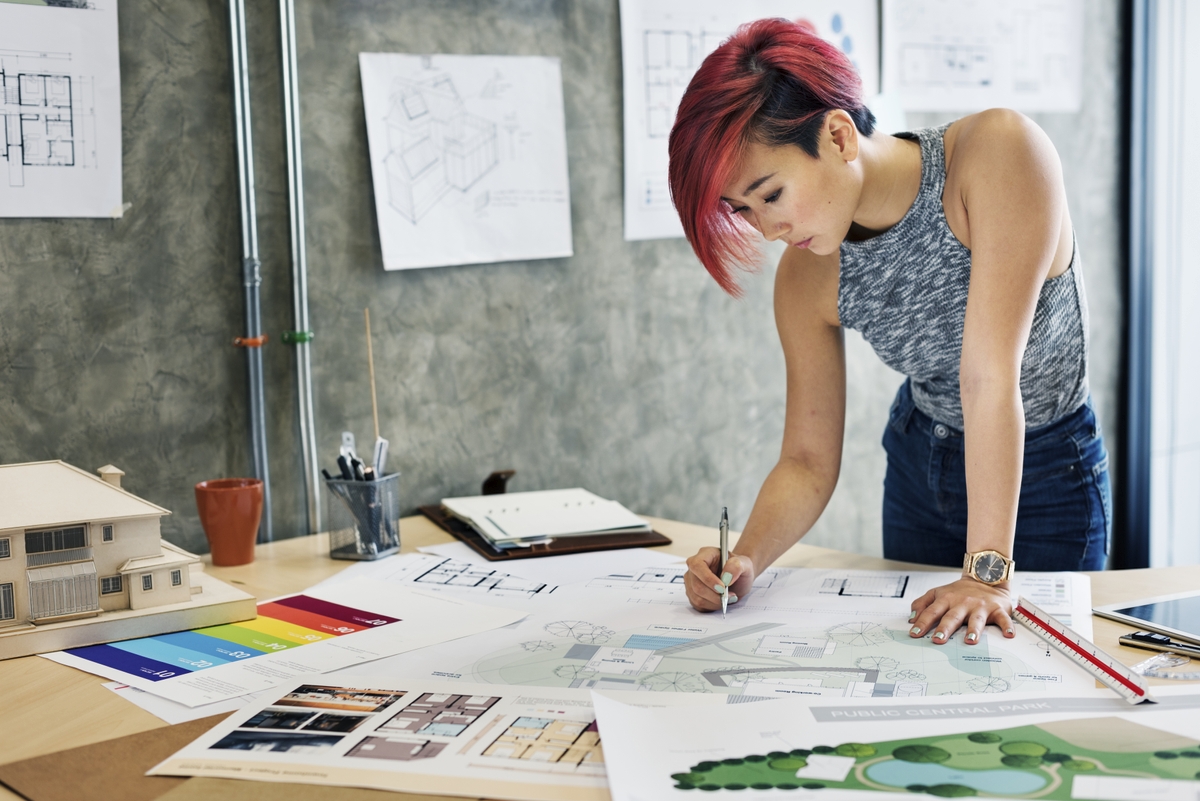
3. Add Backlinks
Backlinks are inbound links from one website to another. In terms of SEO rankings, the more backlinks a site has, the better. Search engine platforms look at the number of backlinks to determine if a webpage is relevant, so you’ll want to spend some time crafting a strategy to earn backlinks from other websites.
Confused about where to start? Use social media to connect with other artists who are also interested in earning backlinks themselves, or attend networking events nearby to connect with other small business owners whose websites most likely need the support. Consider guest post exchanges with other artists or photographers as well, to build both backlinks and audience numbers.
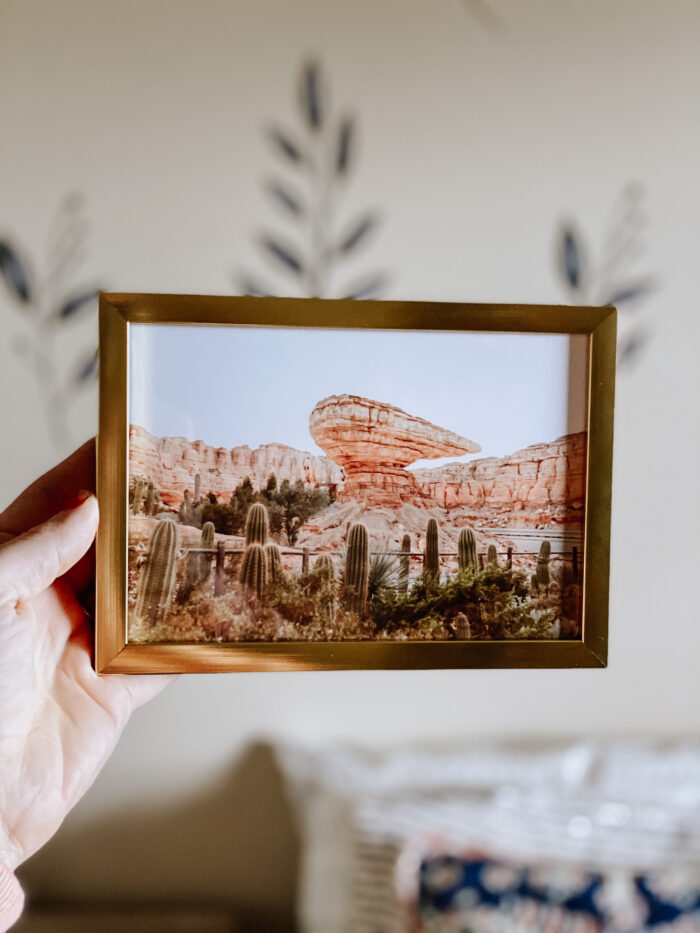
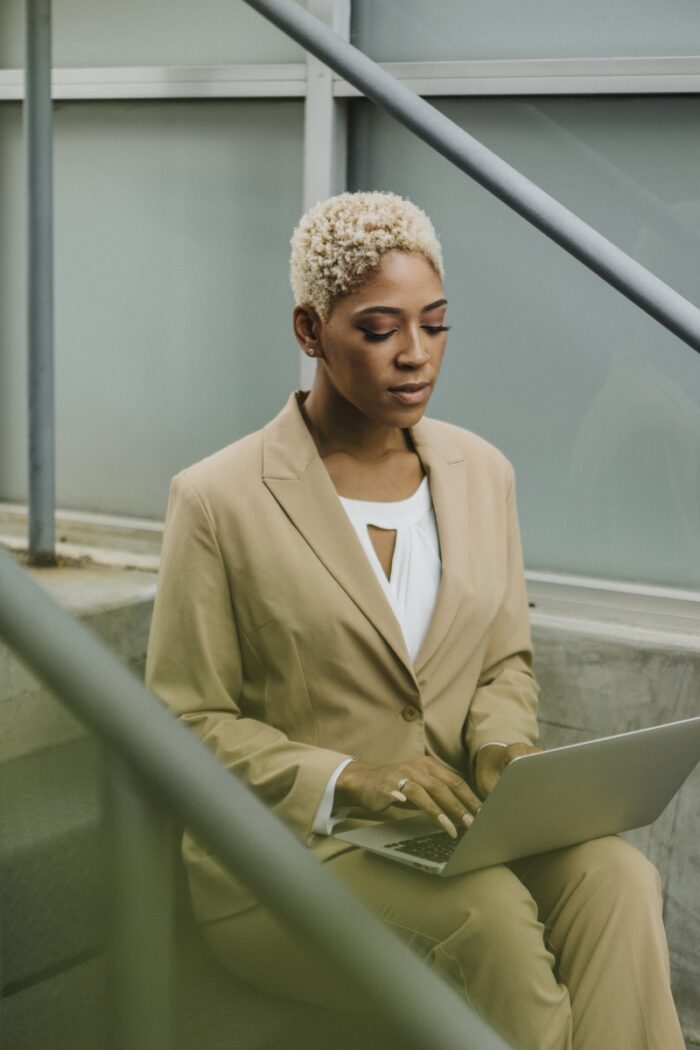
Get instant access to our Artist Onboarding Guide, plus can’t-miss advice for creative professionals, delivered right to your inbox!
4. Double Check URLs
While this isn’t as critical as other areas, a simple, relevant URL structure will help improve SEO and make your site easier to navigate and organize. You’ll want to include your keywords in your URL with any unnecessary wording removed so it’s concise. Although no actual rules exist that say there are specific character limits to URLs, try to keep it to 75 characters or less. The easier your URLs are to share or understand, the better your chances of ranking well in search results.
💡 Interested in even more strategies to get your art in front of buyers? Don’t miss Art Marketing Like A Pro: 4 Proven Must-Have Tips

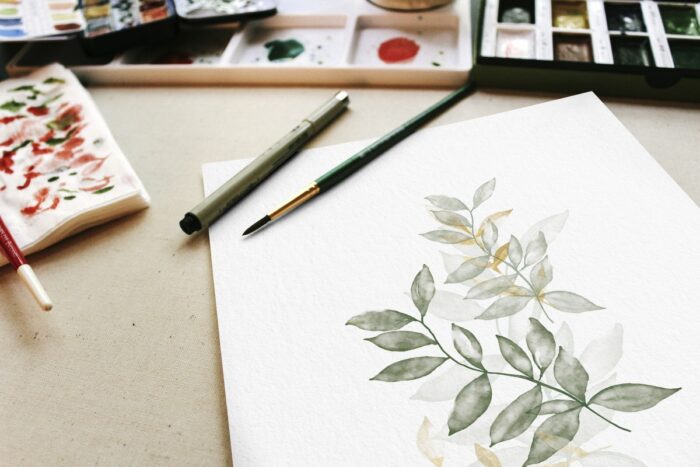
5. Consider Internal & External Links
When writing copy for your art website, it’s important to consider both internal and external links to relevant web pages. Internal links are those that point to web pages within your own website, while external links are those that point to websites outside of it. Both types of links should be included on your site and product pages; try for 2-3 internal and external links each. Be sure that the websites and pages you’re linking to are relevant and will provide value to your content. Linking to irrelevant sources could actually hurt your SEO score.
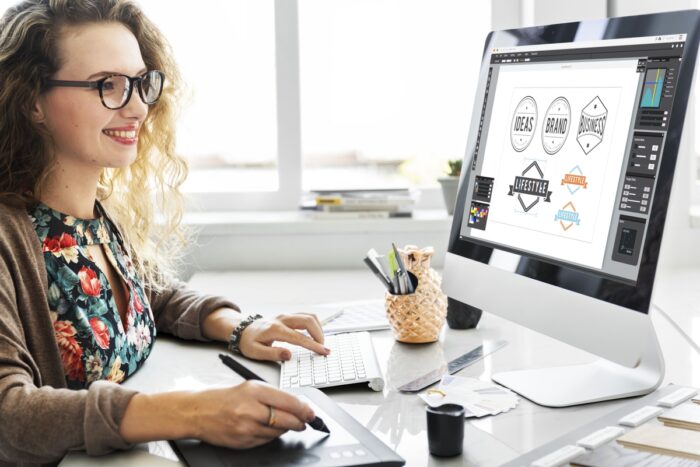

6. Audit Page Speed
It should come as no surprise that a website that loads slowly can dramatically impact your site’s SEO scores. The slower it is to load, the bigger the penalty for that loading time as customers tend to exit if they have to wait for any amount of time. If you’re worried your site pages may be loading a bit slower than they should, try eliminating any media that isn’t necessary. Large images and video files can impact loading speeds depending on their size and format, so consider that as you build out your art site.
🚀 Ready to test your site’s page speed? Check out Google’s free PageSpeed Insights tool to get your site analyzed and scored!
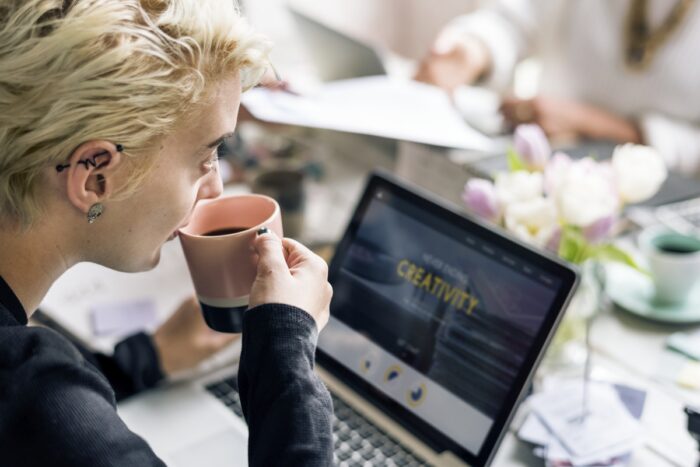

7. Include Multimedia
Search engines will actually prioritize pages that have multimedia on them and rank them better than similar pages without media like photos or videos (provided that they don’t impact page speed loading times too much). Perhaps you could include a short video of your creative process or a close-up tour of your favorite pieces to boost your website traffic.
⭐️ Searching for even more ways to improve your website? Don’t miss 5 Easy Ways To Upgrade Your Online Art Shop Today
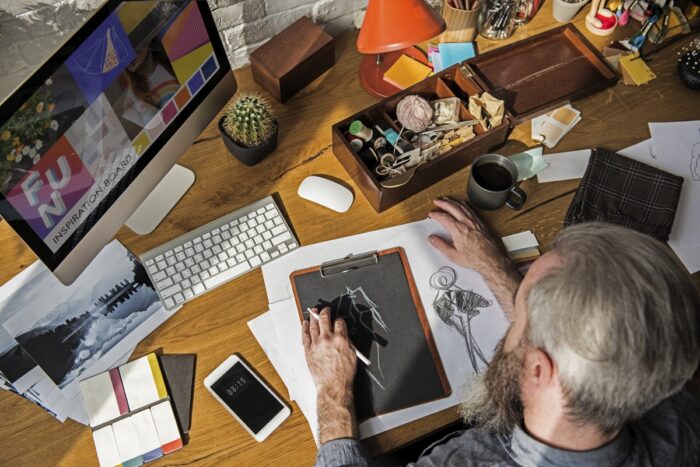
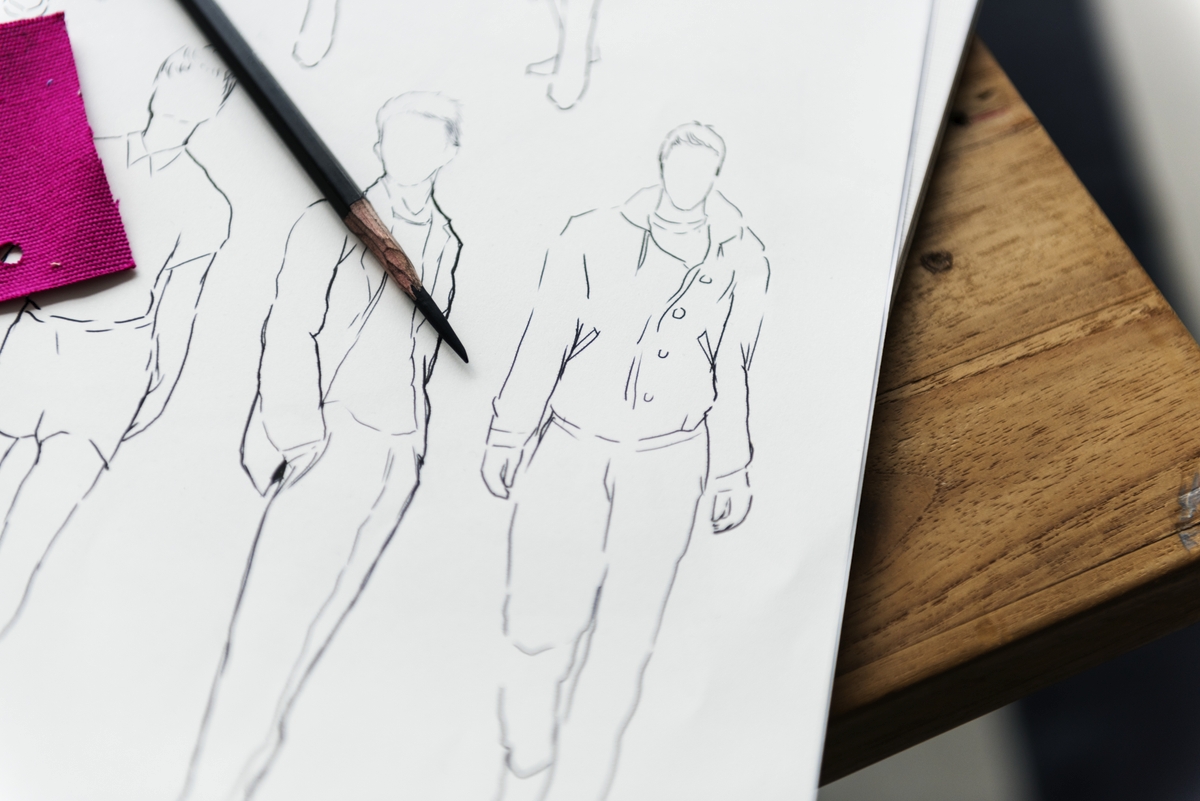
Art Sales Made Easy
Are you looking for a platform to sell your art or photos? There are more conventional websites sites, like Etsy. But sites like that still burden you with overhead, shipping, and just about everything else (not to mention additional fees). That’s great if you want to go that route, but that sort of undertaking can be daunting!
This is why we recommend setting up a shop with Shopify. It’s an all-in-one commerce platform to start, run, and grow an art business.
If you’re an artist or photographer looking for an easy passive income with full printing, framing, and dropshipping support, our Shopify app offers artists the ability to sell fully framed, ready-to-hang art and premium unframed prints with no upfront inventory costs and no minimums! It’s designed to save you time so you can focus on what’s most important – your art, while we take care of everything else. Plus, with our responsive customer service team and eco-friendly materials, your customers are guaranteed to love our U.S.A.- made frames and our vibrant prints!
Ecommerce SEO Tips: Final Thoughts
As an artist or photographer, selling your creative work is a huge challenge that takes a lot of time and dedication. But even with a snazzy website filled with awesome art, your site might not be getting the traffic it deserves. One surefire way to increase your site’s traffic is to focus on improving SEO! We hope these ecommerce SEO tips have been useful to you and have inspired you to build the best art website possible and boost your art sales today!
Get instant access to our Artist Onboarding Guide, plus can’t-miss advice for creative professionals, delivered right to your inbox!
